Dr Tomas Cotik shares personal anecdotes and tips from his life as a travelling violinist

Much of the time, the day-to-day existence of a travelling musician is just a little bit less glamorous than we would initially think: taking planes at ridiculous hours, dealing with security lines at the airport, carrying luggage from one place to the next, dealing with reservations, car rentals, and — last but not least — an instrument that might not yet be adjusted to a different climate.
Travelling often from Miami to the other North American cities during the winter, I once had a peg become completely loose and slip in the middle of Schubert’s Rondo in B minor. It wasn't really possible to keep playing the piece with three strings, and I had to stop to fix it. The following day, I started on a mission to try to keep this type of incident from ever happening again.
I would like to share a few gadgets and tips I discovered that have helped me deal with the changes of weather and have also improved other aspects of the travel experience!
It is imperative to have a lightweight violin case that is sturdy and also protects well against weather changes.

There are brands that offer additional insulation treatments to reduce temperature changes. It is very useful to have an hydrometer to monitor the humidity inside your instrument case. If the weather is very dry, I keep the violin in the closed case when I am not playing or even when I take short break. I also keep the case closed when I am not playing in order to preserve the humidity inside.

Using a case cover is almost essential when I travel to very cold places to protect the instrument and bow from rapid temperature changes.
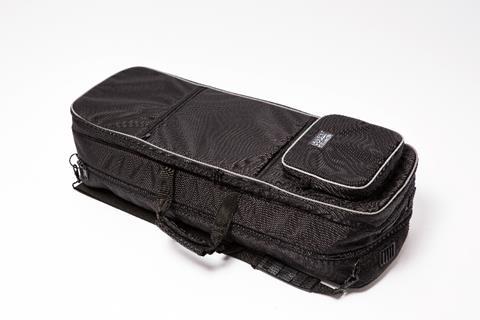
There are many different kinds of humidifiers. This one is attached to clasps inside the case and has a large capacity.
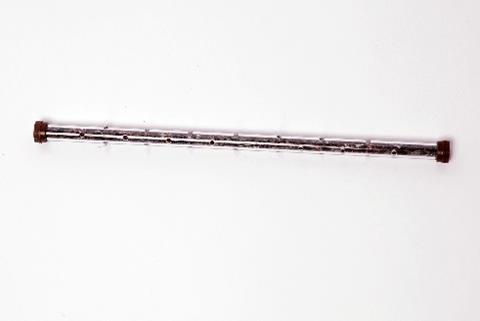
If the weather is very dry, I put one of these humidifiers in each F-hole. I take them out for concerts as they can affect the sound or vibrate a bit.

These tubes are made out of a fabric that allows the humidity to escape without the outside of the tube getting wet. You fill them with distilled water, which is converted to a gel once it mixes with salts that are contained in the tubes. They have helped a lot!
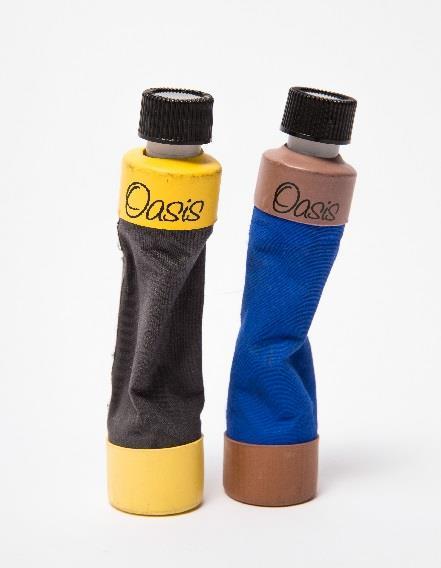
One of the most effective solutions I found for sliding pegs is this liquid peg compound. Taking out each peg slightly and applying a drop to each can almost immediately fix the problem.

Using chalk for sliding pegs is a traditional method. It can help, but in my experience it usually causes the opposite problem, and then it’s difficult to tune the instrument precisely. I prefer to use the liquid peg compound.

If I have the opposite problem - that of a peg being too stiff and difficult to turn - this 'peg lipstick' can help. It lubricates and allows the peg to turn more smoothly. Of course, you need to use it very sparingly.
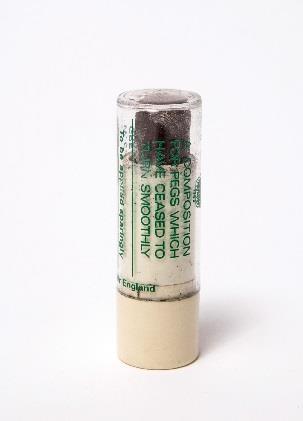
Switching now to more mundane aspects of the travel experience…
I am lucky in that I often fall asleep before the plane takes off. Even so, a good pillow helps hold my head and allows me to release the neck.

Using a tablet and pedals for reading music has eliminated the hassle of carrying large amounts of scores. Organising and archiving is much easier, and I always have the piece I need when I travel. I back up my scores with Dropbox, so in the worst-case scenario, it’s possible to get everything back. You can also quickly download pieces online from IMSLP if needed.

A portable charger has become indispensable for me. While travelling, I need my phone and tablet for many things. They store the addresses of my destination as well as my boarding passes, hotel reservations, and contact info. If my phone runs out of battery, I am literally lost. An additional plus to this charger is that it charges your device in a fraction of the time of the standard plug. One of the most common problems of using a tablet to read music is that it also can run out of battery. In this situation, the portable charger also saves the day. I have even performed concerts while charging my tablet.

The global entry card has saved me countless hours of standing in line. It costs about $100 and roughly an hour of time to do the paperwork, but it makes a big difference when you can skip the long lines of security at the airport and head to the TSA pre-approved lines. There’s no need to removes shoes or jackets, and computers can usually stay in the bag. When you enter the US from a trip abroad, you can also go into a separate, faster line.

I like travelling light. Using a light suitcase with four wheels has helped a lot.
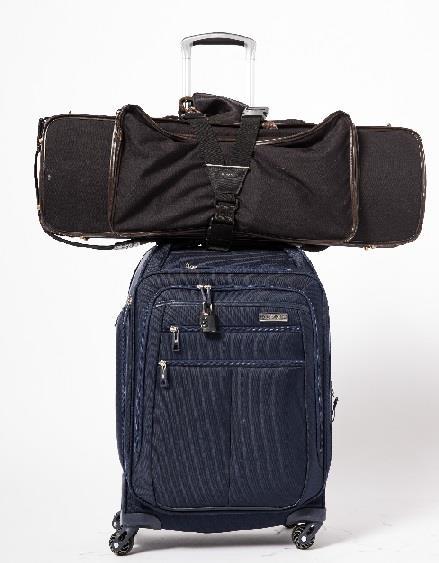
With this ‘Add a Bag Strap’, I usually attach the violin to the luggage. I don’t need to have anything on my shoulder or to hold any weight. It also frees my hands.

Noise-cancelling headphones are completely worth it if you travel a lot! You can sleep, watch a movie, listen to music, or simply zone out for a moment or for the entire flight!

Dr Tomas Cotik has performed hundreds of recitals and chamber music concerts across the globe and is currently involved in more than fourteen CD recordings for Naxos and Centaur Records. He has taught at West Texas A&M University, Florida International University, and at the University of Miami’s Frost School of Music. He was appointed Assistant Professor of Violin at Portland State University in 2016.
Watch: Survival tips for touring musicians
Watch: Tips for travelling musicians
Photo Credit: So-Min Kang

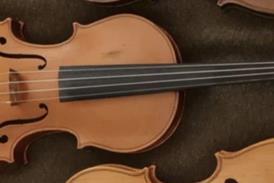


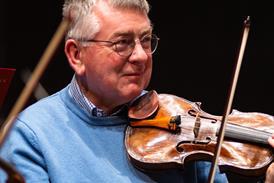








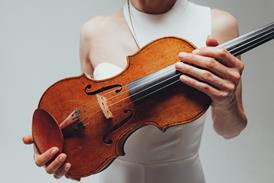
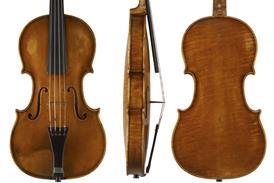

















No comments yet